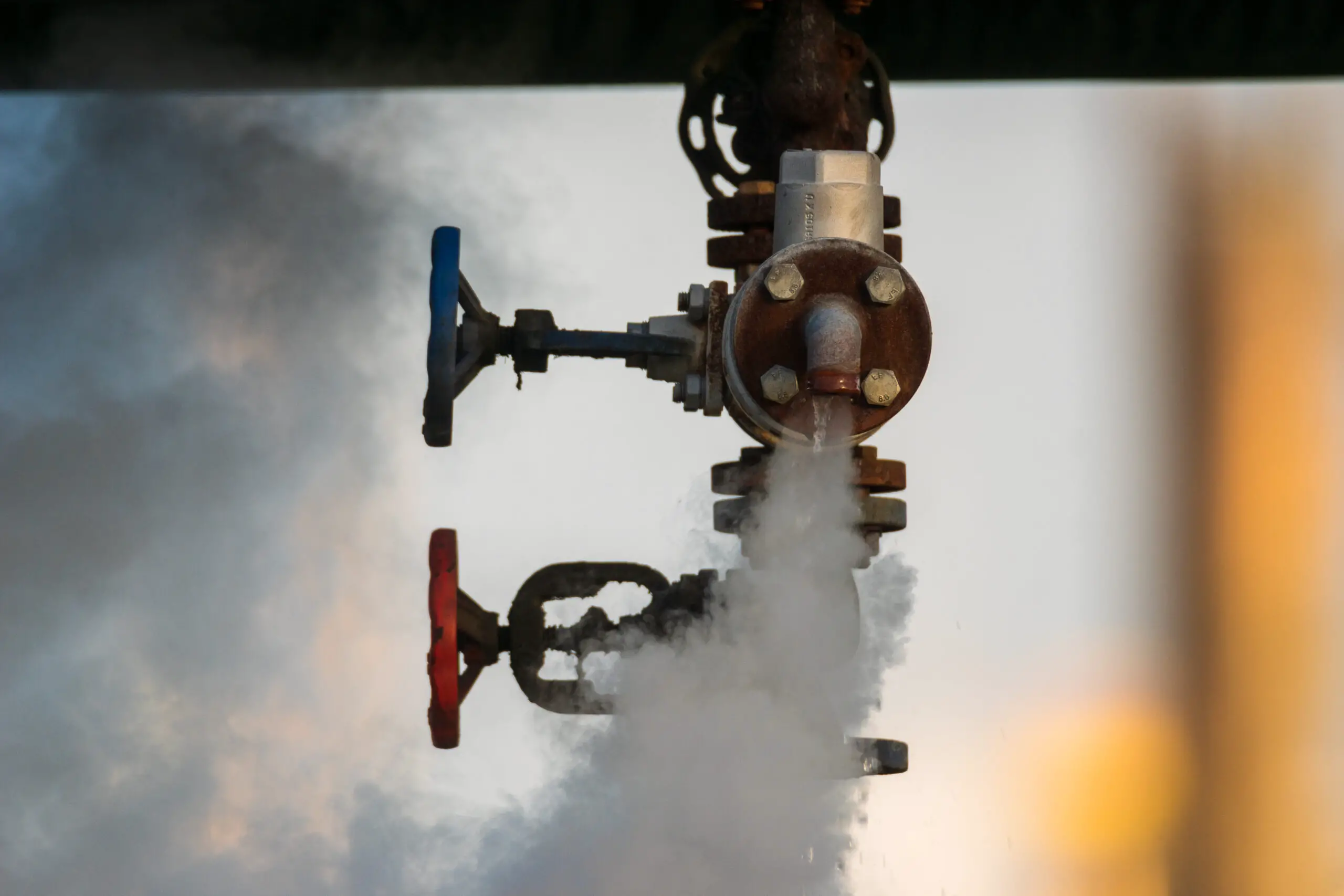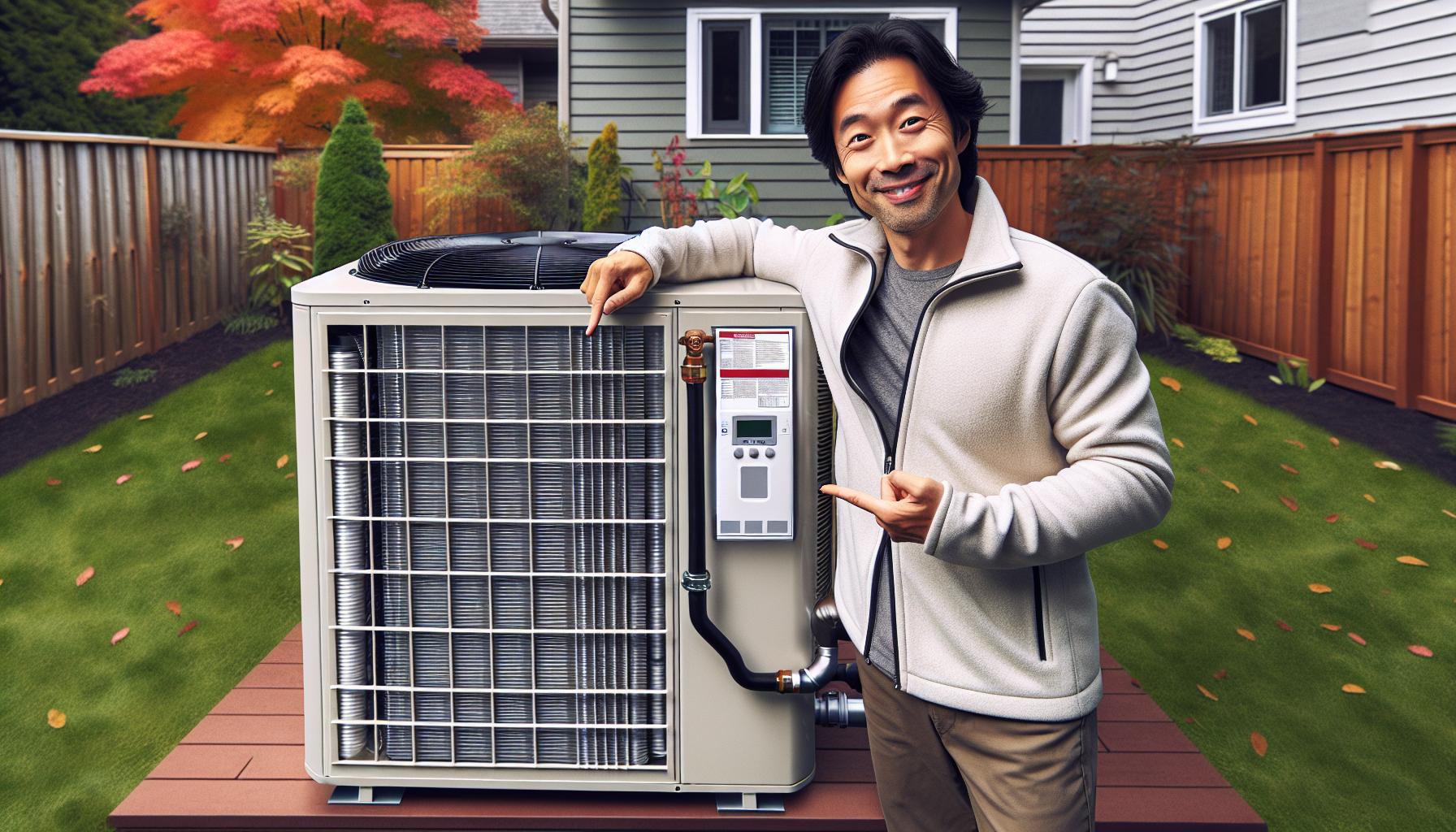Discovering a red tag on your gas appliance can be alarming. It’s a clear sign from your gas company that there’s a potential safety issue at hand. But don’t panic—you’re about to learn exactly what this means for you and your home.
Understanding why your gas company might red-tag an appliance is crucial for your safety and peace of mind. In this article, you’ll find out the common reasons behind a red tag and what steps you need to take next.
We’ll guide you through resolving the issue, ensuring your gas supply is restored safely and swiftly. Keep reading to turn this inconvenience into a resolved matter with minimal fuss.
What is a Red Tag?
When your gas company discovers a safety hazard related to your gas appliances, a red tag is affixed to signal a serious concern. This tag is not just any label; it’s a warning that your appliance has failed to meet rigorous safety standards. The tags come in two categories, and it’s crucial to identify which one you’re dealing with:
- Type ‘A’ Red Tag: This indicates an immediate danger where the gas supply must be cut off straight away to prevent a serious threat to life or property.
- Type ‘B’ Red Tag: With this tag, the danger is not immediate, but repairs are mandatory. You’ll typically be given a timeframe within which you must rectify the issue.
Upon spotting a red tag, action must be taken promptly. You’re dealing with potential carbon monoxide leaks, gas leaks, or other hazardous conditions. These can stem from various issues like faulty sensors, blocked vents, or broken gas lines.
Remember, each red tag your appliance receives is logged into the gas company’s database, adding a layer of regulation that’s meant to protect you, your family, and your property. Despite the inconvenience, the system is designed with your safety in mind, ensuring that any hazards are addressed before an accident or health issue arises.
By understanding what a red tag signifies, you’re better positioned to manage the situation effectively. Your key takeaway should be the urgency of action; a red tag is not a mere suggestion—it’s a signal from professionals that your appliance requires immediate consideration.
Why Would a Gas Company Red-Tag an Appliance?
When a gas company issues a red tag on your appliance, it’s vital to understand the underlying causes. Immediate safety concerns are the primary drivers for a company to take such an action. Here are the most common reasons why a gas appliance gets red-tagged:
Non-Compliance with Safety Standards
Gas appliances must meet specific safety standards to operate within legal parameters. If your appliance isn’t up to code, whether due to improper ventilation, outdated components or faulty installation, it’s a candidate for a red tag.
Gas Leakage
One of the most critical concerns is a gas leak. This not only poses a risk of explosion but also presents serious health hazards. Gas leaks can be caused by a range of issues from loose connections to cracked pipes.
Carbon Monoxide Risk
Carbon monoxide (CO) is an odourless, colourless gas that can be deadly. Appliances that are not burning gas completely, or those with obstructed exhaust paths, may lead to CO buildup in your home, prompting the need for a red tag.
Deteriorating Appliance Conditions
Over time, appliances can deteriorate. This could include rusting, wear and tear on mechanical parts, or other age-related conditions that significantly decrease the appliance’s safety and performance.
Improper Appliance Use or Settings
Sometimes, the way an appliance is being used can warrant a red tag. For instance, setting a water heater temperature too high can create dangerous pressure levels.
Previous Incident or Repair History
If there’s been a history of repairs or incidents involving the appliance, it might be flagged as a preventive measure to forestall any potential risks.
For your own safety, if you’ve spotted a red tag on your appliance, it’s crucial to take immediate action. Contact a certified professional to address the highlighted issues and avoid using the red-tagged appliance until it’s cleared by authorities. Remember, handling gas appliance issues isn’t a DIY project; always rely on qualified technicians to ensure safety and compliance.
Common Reasons Behind a Red Tag
When you’re confronted with a red tag from your gas company, it’s vital to understand the specific triggers that can prompt such a serious action. Knowing the common reasons may help you prevent future occurrences and ensure your safety.
Leaking Gas: One of the most critical concerns is a gas leak. Gas companies prioritize identifying leaks to prevent potential explosions or fire hazards. If there’s a whiff of gas near your appliance, it’s a tell-tale sign calling for immediate inspection.
Faulty Installation: Incorrectly installed appliances can lead to significant risks. Gas companies red tag appliances that don’t comply with installation codes, as this could jeopardize the unit’s operation and your well-being.
Inadequate Ventilation: Proper ventilation is non-negotiable. Appliances starved of adequate airflow could result in dangerous accumulations of gas or carbon monoxide.
Worn Out Components: Over time, wear and tear on valves, connectors or heat exchangers increase the risk of malfunction or leaks. Regular maintenance checks often catch these issues before a red tag is necessary.
Obsolete Equipment: Aging appliances might not meet current safety standards. Gas companies could red tag these as they are more susceptible to developing hazardous conditions.
By keeping an eye on these issues and ensuring routine maintenance, you’ll significantly lower the likelihood of facing a red tag scenario. Always remember, safety is paramount, and gas appliances are no exception. Engage certified professionals to address any concerns you might have regarding your gas-powered equipment.
Steps to Take When You Discover a Red Tag
When you’re greeted with a red tag on your gas appliance, it becomes crucial to act promptly. Don’t overlook it; it’s a safety warning indicating that your appliance has failed a safety inspection. Immediate action is required to resolve the issue and restore service safely.
Cease Using the Appliance
The first step is to stop using the appliance straight away. A red-tagged appliance is deemed dangerous, and continued use could heighten the risk of gas leaks, fire, or even carbon monoxide poisoning.
Schedule a Professional Inspection
After discovering a red tag:
- Arrange for a certified gas technician to inspect the appliance.
- Do this as soon as possible to prevent any potential hazards.
Understand the Underlying Issue
During the professional inspection, they’ll pinpoint the specific problem(s) with the appliance that led to it being red-tagged. It’s important to have a clear understanding of these problems, so don’t hesitate to ask questions about anything that’s unclear.
Addressing Repairs or Replacement
Based on the diagnosis, decide whether to repair or replace the appliance:
- For minor issues, repairs may suffice.
- However, if the appliance is old or the damage is extensive, replacement might be more cost-effective and safer in the long run.
Keep Records
Document every step you take in resolving the red tag issue:
- Keep all inspection reports.
- Record any repairs or replacements.
- Maintain a file for all communications with technicians and your gas company.
Regular Maintenance
Finally, establish a regular maintenance schedule for your gas appliances to avoid future red tags. Frequent inspections can catch many of the common issues before they become serious hazards, keeping your home safe and your appliances in good working order.
Restoring Gas Supply Safely and Swiftly
When you’ve been red-tagged by the gas company, regaining the use of your gas appliances as quickly and safely as possible is paramount. Here, you’ll find steps to restore your gas supply, guaranteeing your home or business is both safe and functional again.
First, immediately contact a licensed technician or gas fitter to inspect and repair the fault. Following the necessary repairs, a safety check must be conducted to ensure the appliance meets the legal safety standards. This is not just a recommendation—it’s a requirement.
The Inspection and Repair Process
Schedule your inspection quickly after receiving a red tag to minimize downtime. Here’s what to expect:
- The technician arrives and reviews the red tag warnings.
- They will perform a thorough inspection to diagnose issues.
- Necessary repairs are carried out with precision and compliance to safety regulations.
- A final safety check is conducted to validate the repair work.
Once the repairs pass inspection, your gas supplier must be notified to reinstate your service. Most utility companies will send a representative to turn the gas back on and perform additional safety checks to confirm everything is in order.
Documentation and Verification
Don’t forget to maintain a record of the inspection and any repair work conducted. Documentation will be crucial:
- It serves as proof of compliance should the gas company require it.
- Keeps a record for warranty purposes or future sales.
- Assists in maintaining a regular maintenance schedule.
Remember, a red tag signifies a potentially dangerous condition that must not be neglected. Prioritize safety and ensure that all reparations are carried out by professionals who are up to date with the latest safety standards and regulations. By doing so, your gas supply will be restored efficiently, with the peace of mind that all safety concerns have been addressed.
Conclusion
Getting red-tagged isn’t the end of the world. You’ve got the steps to handle it with ease and ensure your gas supply is back up and running safely. Remember, it’s all about taking the right actions promptly and relying on certified professionals. Keep your home safe and your gas systems in check by adhering to a regular maintenance routine. Stay informed, stay safe, and you’ll navigate the red-tag process without a hitch.






